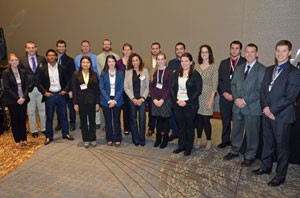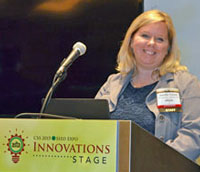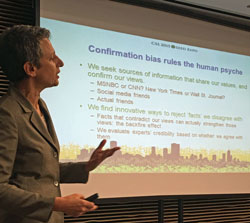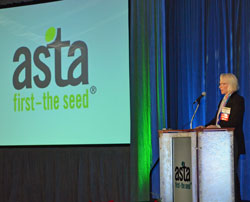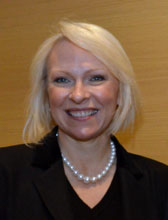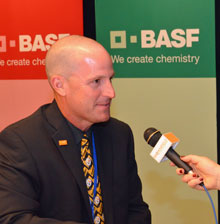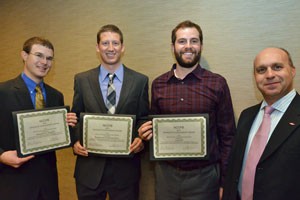 A group including members of Congress, state government members, businesses, and ag interests, including the American Farm Bureau Federation, is asking the U.S. Supreme Court to review what they see as an overreach by the federal government. This news release from Farm Bureau says the issue is the Environmental Protection Agency’s (EPA) plan to micromanage state land-use and development decisions under the guise of the Chesapeake Bay water quality “blueprint.”
A group including members of Congress, state government members, businesses, and ag interests, including the American Farm Bureau Federation, is asking the U.S. Supreme Court to review what they see as an overreach by the federal government. This news release from Farm Bureau says the issue is the Environmental Protection Agency’s (EPA) plan to micromanage state land-use and development decisions under the guise of the Chesapeake Bay water quality “blueprint.”
Filers included 92 members of Congress, 22 states, forestry groups represented by the Pacific Legal Foundation, and a broad cross-section of the U.S. economy represented by the U.S. Chamber of Commerce, the National Association of Manufacturers and the National Federation of Independent Business.
“The fact that so many voices are being raised in support of Supreme Court review shows the broad and severe threat that EPA’s action here poses nationwide,” AFBF President Bob Stallman said. “EPA has asserted powers that do not appear in any law written by Congress, and it has done so in the context of an iconic national treasure, hoping that will inoculate its power grab in the courts. We have faith that the nation’s highest court will see this for what it is and hold EPA accountable to stay within its statutory authority.”
Despite aggressive new commitments and water quality achievements by the six states in the Bay watershed in the mid-2000s, the EPA asserted federal control over the Chesapeake Bay recovery in its 2010 “blueprint.” The new federal plan effectively gives EPA the ability to function as a super-zoning authority over local and state governments—dictating where homes can be built, where land can be farmed, and where commercial development can occur.
The plan will impose tens of billions of dollars in direct costs—with unknown economic impacts on local communities and economies. It also denies state and local governments and businesses the flexibility to adapt to new circumstances, instead locking in limits that can quickly become outdated but can only be revised by EPA. The lower courts upheld EPA’s blueprint on the theory that it furthers the water quality goals of the Clean Water Act—despite the absence of words in the statute authorizing such federal action. A significant issue presented for the Supreme Court is the degree to which courts should defer to broad agency interpretations of their statutory power.
“The broad support for the Farm Bureau petition shows that deep concerns about the Bay blueprint go far beyond agriculture and far beyond the Bay region,” said AFBF General Counsel Ellen Steen. “Members of Congress, states and business groups recognize that this illegal framework will be imposed throughout the country unless the Court intervenes. Given the enormous social and economic consequences, not to mention the grave questions about federalism and deference to agency overreaching, this is a case that cries out for Supreme Court review.”









